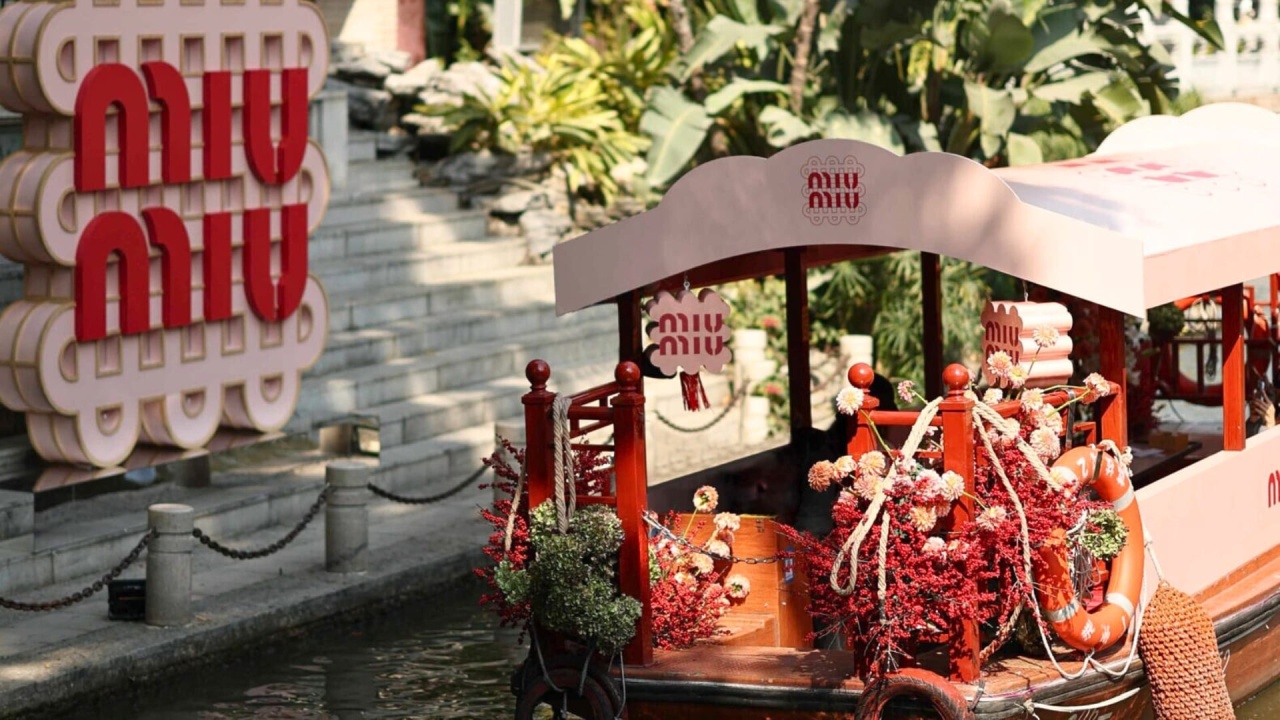
“Nothing is created, nothing is destroyed, everything is transformed.”
Does it ring a bell? It’s Lavoisier’s law of conservation of mass — and in our world, when something works beautifully together, we say there’s chemistry. Even if studying it wasn’t exactly thrilling, its formulas remain powerful metaphors for what happens in real life.
Just as every reaction in chemistry reshapes matter into something new, retail can do the same: transform spaces and unlock unexpected experiences. And today, the transformation of places and functions, especially in temporary form, sits at the centre of one of the most compelling trends of recent months.
Architectural Appropriation
Within temporary retail, architectural appropriation is one of the most intriguing dynamics. It’s the practice of occupying an existing space for a limited time and reinterpreting it from the ground up to tell a new story. It’s an act of design that reshapes the urban landscape, placing a brand or commercial concept inside a pre-existing architectural shell and turning that shell into an active layer of the customer experience.
As Claudia Campone highlights in Elle Decor, architectural appropriation is not just an aesthetic choice; it’s a cultural phenomenon. Think of Tiffany’s provocative 2018 campaign, at the peak of the so-called “Brandalism” movement, a blend of branding and vandalism. A series of (seemingly!) disruptive marks and gestures on Manhattan’s walls, echoing the intention of historic taggers: reclaiming public spaces, reclaiming communication on the streets, reclaiming places from which that generation felt excluded.

This ability to temporarily reshape spaces comes to life in projects like Adidas’ activation in Shanghai, where the brand celebrated the Superstar sneaker by transforming an entire city street into a four-storey shoebox, animated with dance performances, skate sessions and special collaborations.
Or Miu Miu’s project for Lunar New Year 2025, which reinterpreted the flower market inside Liwan Lake Park in Guangzhou. Branded boats, gifts and market stalls created a refined dialogue between contemporary fashion and local tradition.

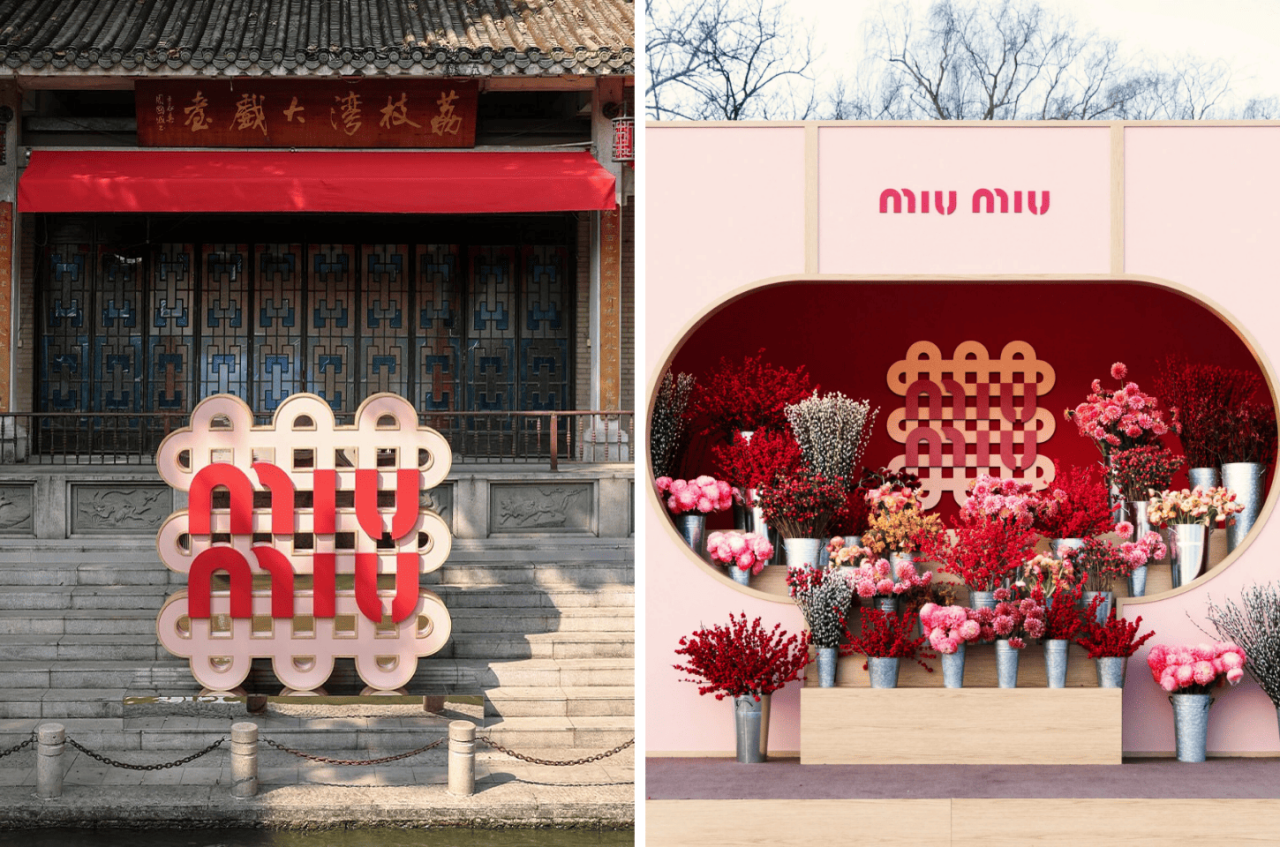
The Appeal of the Takeover
A takeover is full immersion, an experiential narrative that surrounds the customer and pulls them into the brand’s world. Rinascente, for example, has mastered the art of turning its spaces into a stage for iconic brands. As Pierluigi Cocchini noted in an interview with the Retail Institute, the key lies in creating a genuine dialogue between the brand and the consumer, using space itself as a storytelling medium.
Takeovers can also feature brands that sit completely “out of context”; names with no prior link to Rinascente’s traditional offer. Earlier this year, a takeover with MSC Cruises was launched in Milan. Rinascente has never sold one of their tickets, yet the collaboration worked precisely because the store was recognised as a medium, a point of connection in its own right.
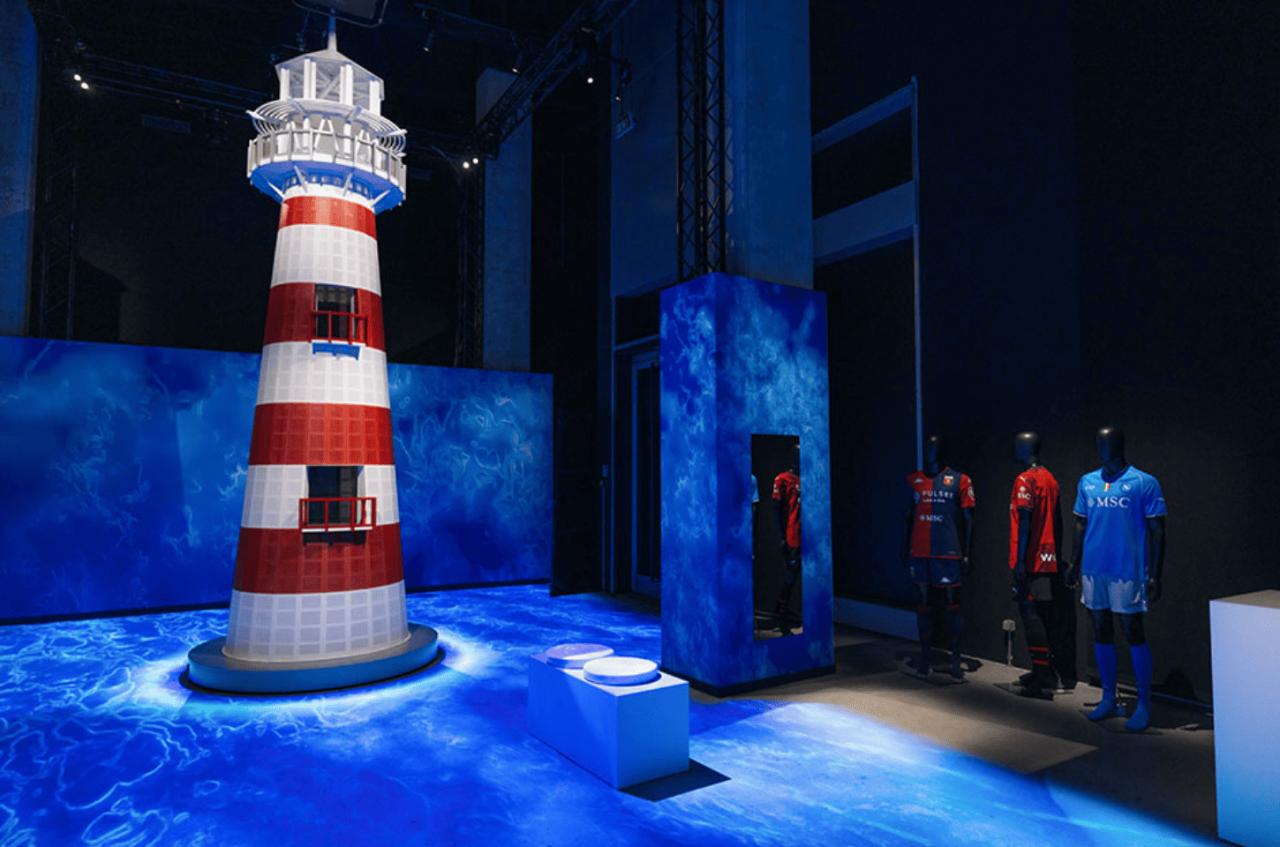
The brand takeover can also become part of a targeted campaign to enter a new market. That’s exactly what Brazilian label Farm Rio did at Rinascente, with a series of pop-up stores that brought the vibrancy of its colourful pieces to locations across Italy.
Hospitality: a New Experiential Model
In recent years, appropriation has expanded rapidly into the world of hospitality. The charm of historic or iconic venues combined with the emotional pull of beloved brands creates that chemistry we mentioned earlier, the kind that borders on magic.
Brands are taking over cafés, beach clubs, hotels, lounge areas and even wellness spaces, building environments where guests can stay, work and socialise. This approach turns the brand into an exceptional host, a place where people naturally linger longer and where trust is strengthened through repeated, high-quality contact.
Among the many projects highlighted by Grazia, one of our favourites is Vespa-by-the-Sea. From the Paraggi bay to Via Montenapoleone and all the way to Rinascente Roma, it becomes “a multifaceted and multimedia project, but above all an experiential one — driven by a desire for freedom and pure joy of living.”

The Power of the Ephemeral
The temporary store — or pop-up — is the purest expression of this movement.
These spaces, often open for a limited time, allow brands to test new markets, launch limited-edition products or simply spark curiosity and attention. In Milan, a city naturally inclined to experimentation, this format has flourished across luxury boutiques, emerging labels and one particularly symbolic urban space: the newsstand. With their compact size and strategic locations, Milan’s newsstands embody the idea that even micro-spaces can deliver meaningful, memorable and highly creative brand experiences.
Newsstands: from Kiosks to Creative Hubs
In Milan, the newsstand has become a symbol of urban revival. Traditionally dedicated to newspapers and magazines, it is now reimagined as a micro-temporary store or a site for creative activations.
From selling flowers and exclusive merchandise to hosting events or small art installations, Milan’s newsstands — places with deep social and cultural value — capture the essence of ephemeral retail with a local, authentic twist.
Since the early 2020s, several initiatives have emerged to save and revitalise them (Edicola Quisco, AEdicola Lambrate). Over time, brands have begun to rediscover their potential and elevate them, as seen with Louis Vuitton in Venice. Today, takeovers and pop-ups in newsstands have become a recurring presence in Milan, especially during Fashion Week and Design Week.
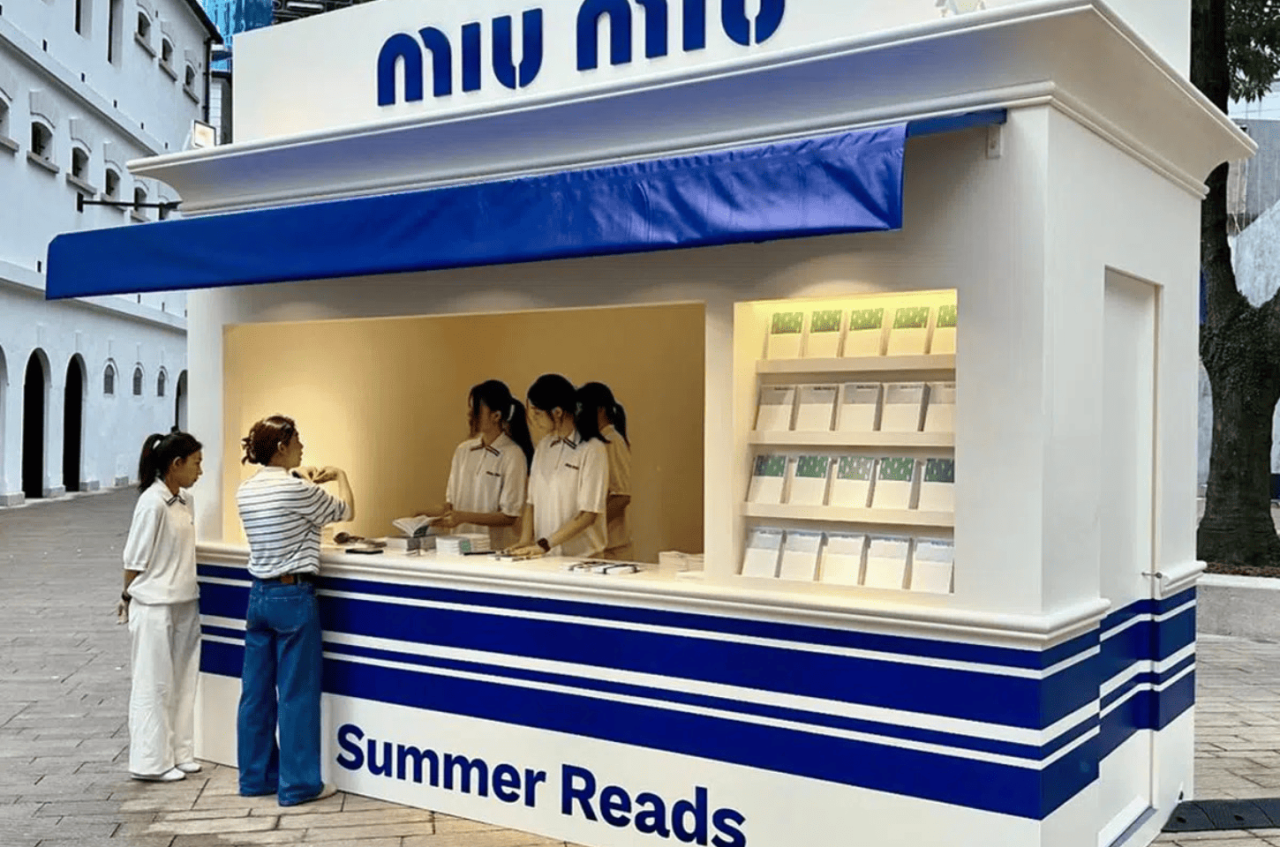
It Disappears, Yet Leaves a Mark
As traditional bricks-and-mortar retail often struggles to reach broader audiences with fresh experiences, temporary retail acts as a form of retail “in motion”. By taking over a space outside its usual perimeter, a brand can generate surprise and momentum, drawing people into a physical environment that heightens both sensory and emotional engagement.
Temporary retail is set to grow, thanks to its agility and its ability to deliver experiences that feel vivid, immediate and memorable. Whether it’s a takeover, a pop-up or a reimagined newsstand, what matters is the imprint it leaves — the ability to turn every visit into something worth remembering.
In our work on the Gusto17 takeover for DoDo during Fuorisalone 2024, we witnessed first-hand how temporary retail can create beauty, spark wonder and shape experiences that stay with people long after the activation has ended.
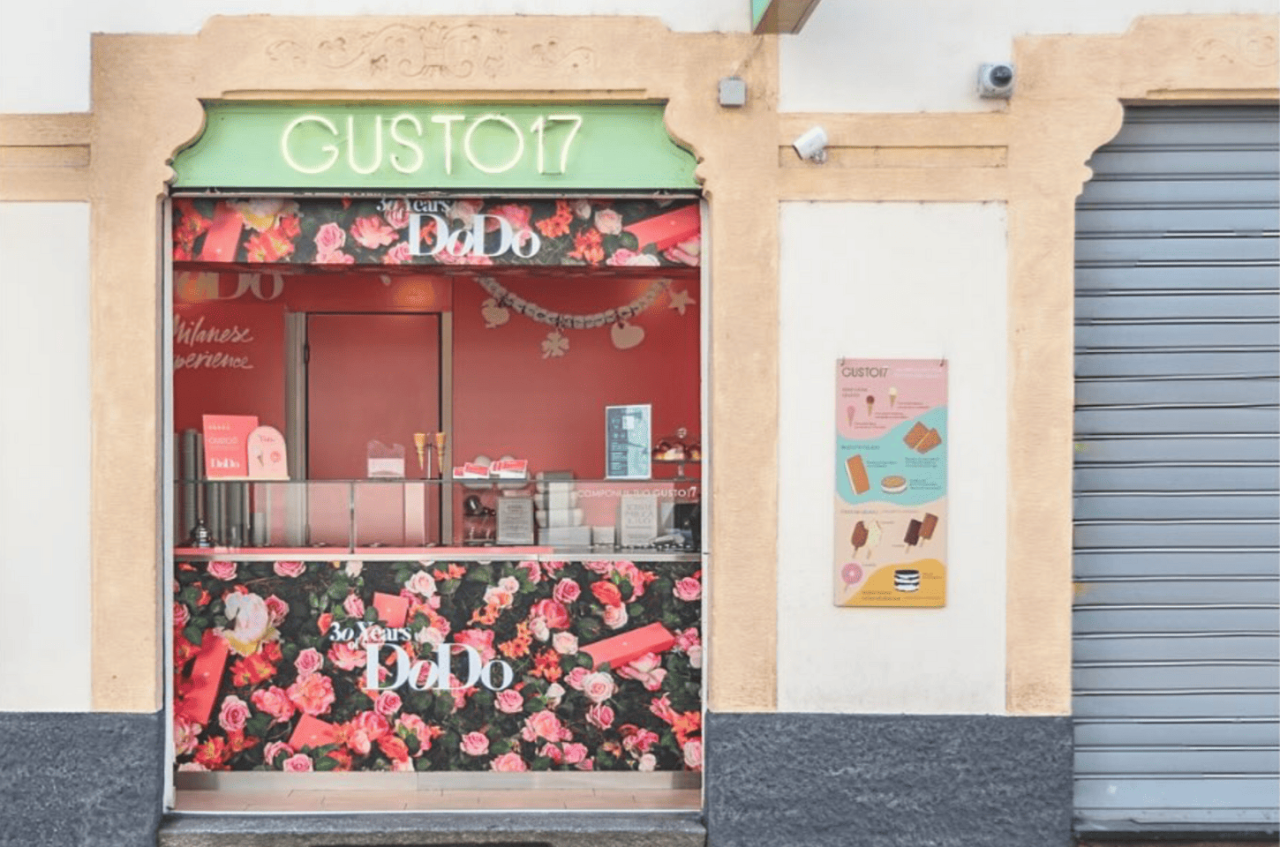
_____________________________________
>>> Want to receive our insights by email?
Subscribe to the leDehors NEWSLETTER
>>> Want to book a video call with us?
Choose the best MOMENT for you here

Ehi! È un po’ che non ci sentiamo. Ci sembra ieri che raccontavamo il nostro percorso di cambiamento, pur... altro

Tra le tante piattaforme che usano l’intelligenza artificiale per rendere più facili e veloci progettazio... altro

La forza centripeta dei nuovi Mall
Ci sono due parole che nell’uso corrente sembrano lontane ma a uno sguardo appena più attento svelano la ... altro
